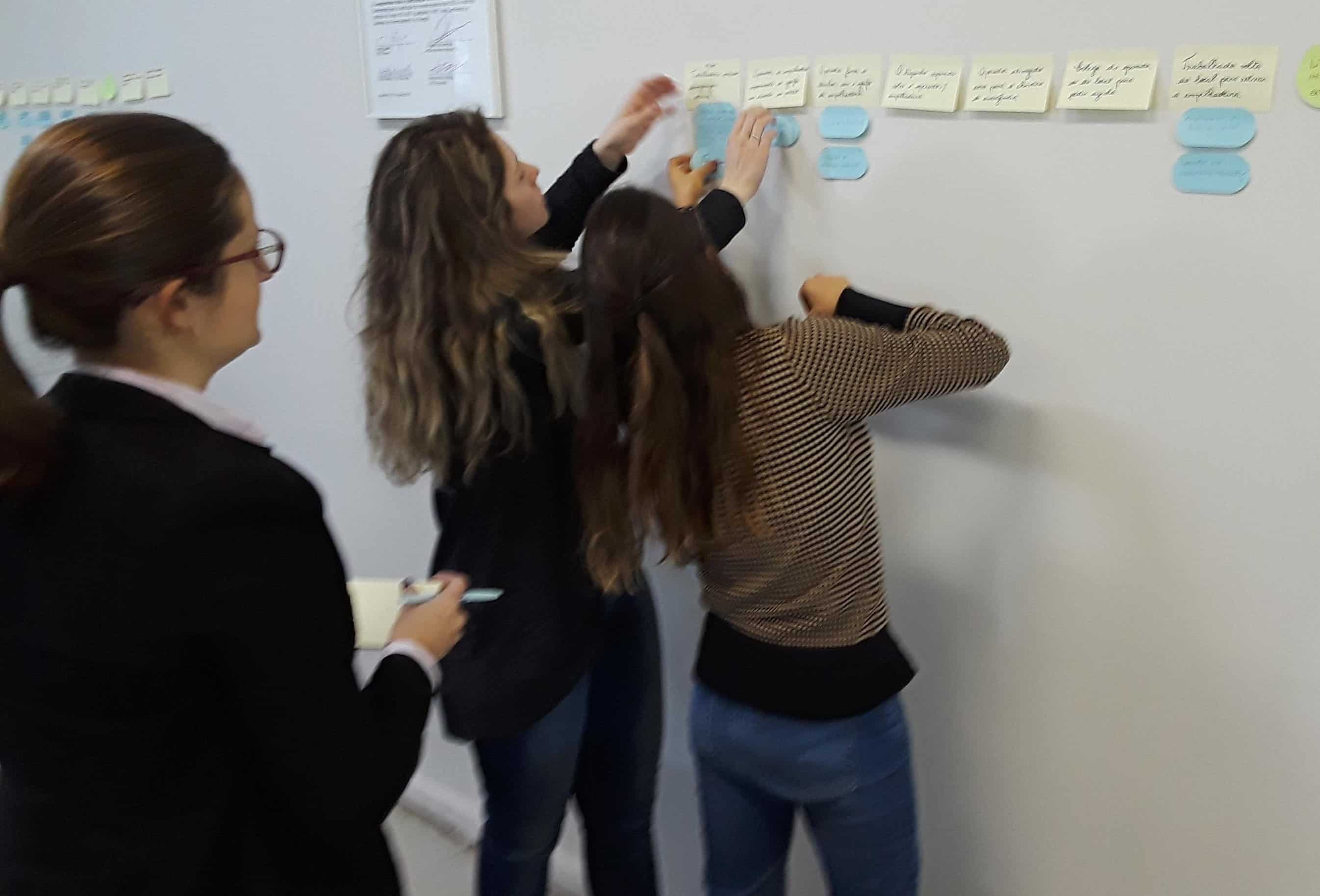Lessons Learned: High Pressure Gas Vented After Blind Ram Opened

High pressure gas and fluid vented from well after blind ram opened.
High pressure gas and fluid venting occurred from a well after a blind ram opened. Leading up to this, a service rig had tripped out of a hole with a milling BHA. The hole was not filled on trip out due to the pump being out of service. Blind rams were used to secure well. Following the new mill being made up to BHA, the crew opened blind rams releasing a high pressure vaporized slug of gas and fluid. Blind ram was closed to shut in the well. No injuries were reported. The well kill was initiated with lube & bleed procedure.
What happened?
Service rig was completing section milling operation inside 4.5” production casing immediately below intermediate casing shoe in an attempt to remediate sustained annulus casing pressure between the 4.5″ production casing and the 7” intermediate casing. After cutting ~1.8m of window (4.5″ casing from 2333.5mKB – 2335.3mKB), mill blades were worn out. Decision made to trip out of hole to replace milling BHA. The hole was not filled during the trip out of hole as the rig pump was not functional. Blind rams were closed once the work string was out of the well. In order to trip in hole with new BHA, the blind ram was functioned to open, releasing a high pressure vaporized slug of fluid and gas. The driller immediately closed the blind ram. The well flowed for a total of 3-4 seconds and no injuries occurred. Crew began monitoring SICP.
Lube & bleed well kill operations commenced. Well control established after 5 cycles of lube & bleed. No complications encountered during well kill operations.
What went wrong?
- Decision to continue operations without following established procedure to ensure wellbore fluid level was maintained.
- Deviated from set procedure to verify pressure prior to opening blind rams.
- Failure to recognize change in well condition as a result of the casing milling operations.
- Inoperable rig pump.
Corrective Actions and Recommendations
- Distributed an alert bulletin to share learnings and reinforce well control fundamentals including the importance to verify potential energy sources and de-energize as needed.
- Reinforce use of operator’s and/or regulatory governing body’s human performance assurance programs with key well site personnel.
- Implement a well control hazard identification discussion of the well’s current condition and forward operations as a standing topic during pre-tour meetings.
- Review rig specific well control procedures with key well site personnel as identified under the operator’s well control verification program.
- Rig contractor to post rig pump operating procedure from the pump manual at the pump operator control station for easy reference.
Content credit and image: IOGP (International Organization of Oil & Gas Producers), Lesson Sharing Well Control Incident 25-6, June 2025.



